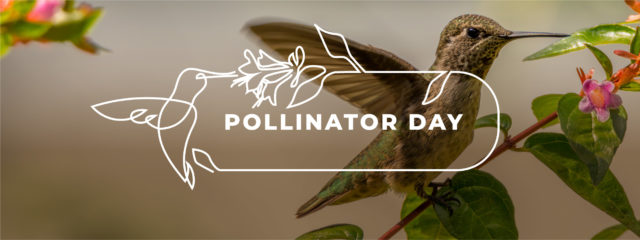Four common pollinators that might surprise you
When you think of pollinators, your brain might go straight to graceful butterflies, fuzzy bumblebees, or maybe even hummingbirds flitting from flower to flower. But there’s a wide range of species across the globe that play pollinator roles within their ecosystems, including lizards, possums, lemurs, a slew of other insects, and even slugs and snails.
While most of the more unusual pollinators are found in tropical climates, North America (and even Washington state) has a small but mighty collection of lesser-known creatures that pack the power of pollination. Read on to learn about four that might surprise you!
Flies
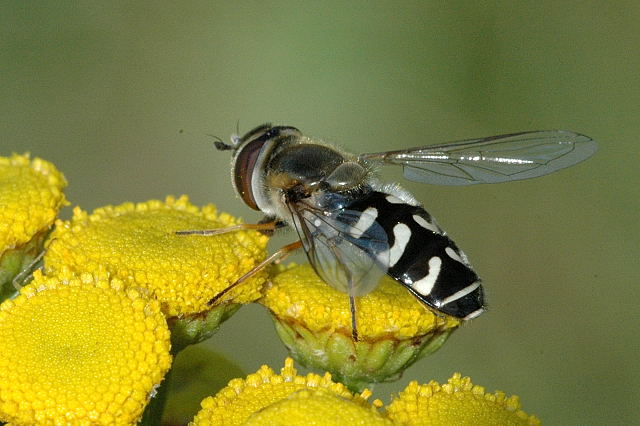
Flies are more known for peskiness than pollinating prowess, but they’re important pollinators of a variety of plants. Syrphid flies (also called hoverflies) are small wasp look-alikes that feed on pollen and nectar, performing pollinator duties as they visit orchards and garden flowers. Major bonus: in their larval stage, syrphid flies also eat aphids that are harmful to crops.
Flies are also known to pollinate pungent, deep, or pitcher-shaped flowers, like swamp lantern (western skunk cabbage), wild ginger, and some species of trillium.
How flies pollinate
Though typically smaller and not as hairy as bumblebees, the hairs on flies’ bodies still help to transfer pollen from flower to flower.
Did you know…
Some species of pollinator flies are clever mimics of wasps and bees. Their masquerading abilities may protect them from predators that often mistake them for larger, more aggressive insects.
Mosquitoes
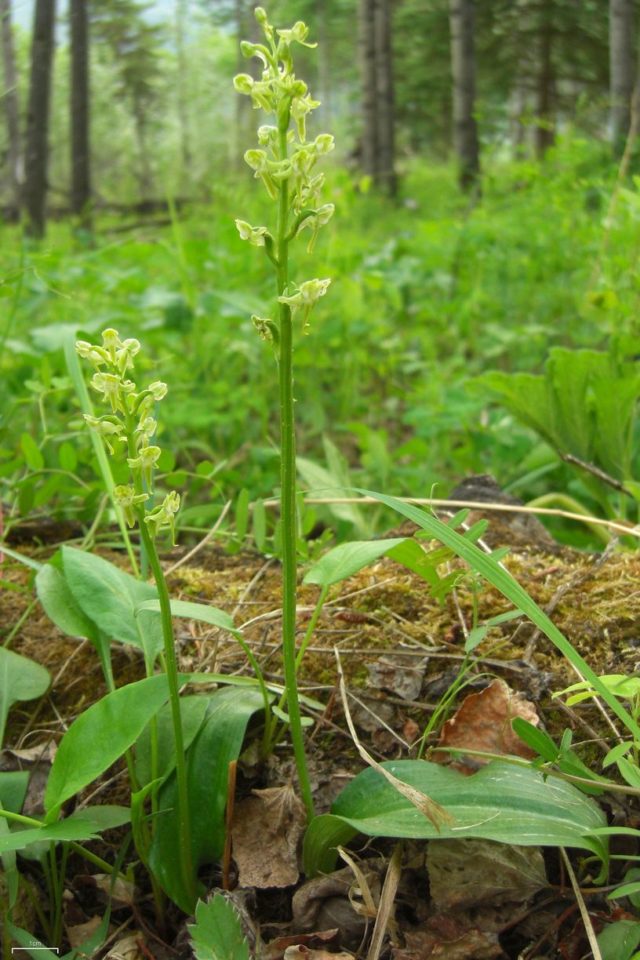
Mosquitos are another insect with less favorable reputations, but the snow pool mosquito (Aedes communis) is thought to be an important pollinator of the blunt-leaf orchid found in northern parts of North America —including parts of Okanogon County here in Washington state. Mosquitoes may also pollinate other orchids, goldenrod, and other small flowers that grow in wet environments, although some researchers question whether the mosquitoes are just “stealing” nectar vs. providing useful pollination services.
How mosquitoes pollinate
When snow pool mosquitoes visit tiny blunt-leaf orchids to feed on nectar, pollen masses called pollinia spring forward and stick to the head and eyes of the mosquito. Off they fly to the next orchid, carrying the pollen with them.
Did you know…
The primary food of mosquitoes is nectar, not blood. The females of biting species only feed on blood when they are laying eggs and need the additional protein.
Beetles
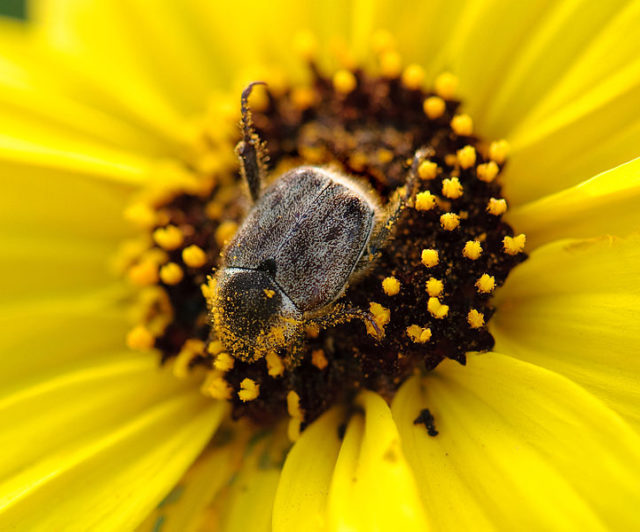
Beetles are thought to be the first insects to visit flowers some 150 million years ago, long before winged bees and butterflies existed. They remain important pollinators today, with a particular love for flowers with a cup-like shape and sturdy petals— think magnolias, water lilies, and paw paw, all native to the Eastern U.S., but also found in the PNW. They will also visit plants with flower clusters, like goldenrod, yarrow, spicebush, and sunflower.
In North America, common pollinator beetles include soldier beetles, scarab beetles, long-horned beetles, sap beetles, and many more.
How beetles pollinate
Beetles are known as “mess and soil” pollinators. They aren’t exactly tidy as they go about their business, munching on pollen and plant parts and leaving lots of droppings behind. Some of the pollen sticks to their bodies and transfers to other flowers as they amble along.
Did you know…
Over 40% of all insects are beetles – they are the largest and most diverse group of animals on earth, and are responsible for pollinating over 80% of the world’s flowering plants.
Bats
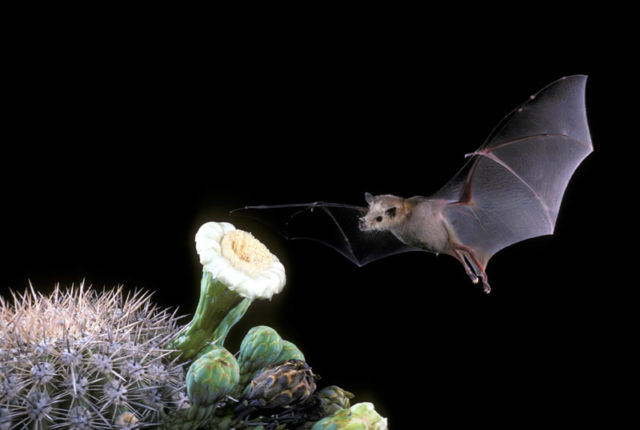
While bats that pollinate flowers are found mostly in tropical or desert regions, they’re still well worth a shout-out. Many of the food-producing plants that we know and love, like cacao, vanilla, wild bananas, mangoes, are pollinated by nectar-feeding bats. The flowers that they visit are often light-colored, bloom at night, and hold large amounts of nectar.
Bats found here in Washington are primarily insect eaters, but parts of the Southwestern U.S. enjoy springtime migratory visits from two key pollinators of saguaro, organ pipe cactus, and agave flowers: the lesser long-nosed bat and the Mexican long-tongued bat, both federally endangered species.
How bats pollinate
As bats feed on nectar or insects found in flowers, they collect pollen in their fur and transfer it to other plants as they feed.
Did you know…
There are over 530 worldwide plant species that rely on bats as their major or exclusive pollinators.
If you (or your little one!) are looking to learn more about pollinators, join us for Pollinator Day at Oxbow Farm & Conservation Center on Sunday, June 13, 2021. Learn more about pollinators and pollinator plants native to the Pacific Northwest, enjoy farm-fresh food at our Outdoor Kitchen, and explore forest and farmland trails around Oxbow.
Learn more and get tickets here – the event is FREE to attend!

